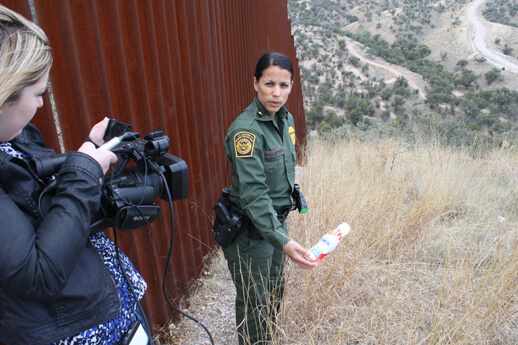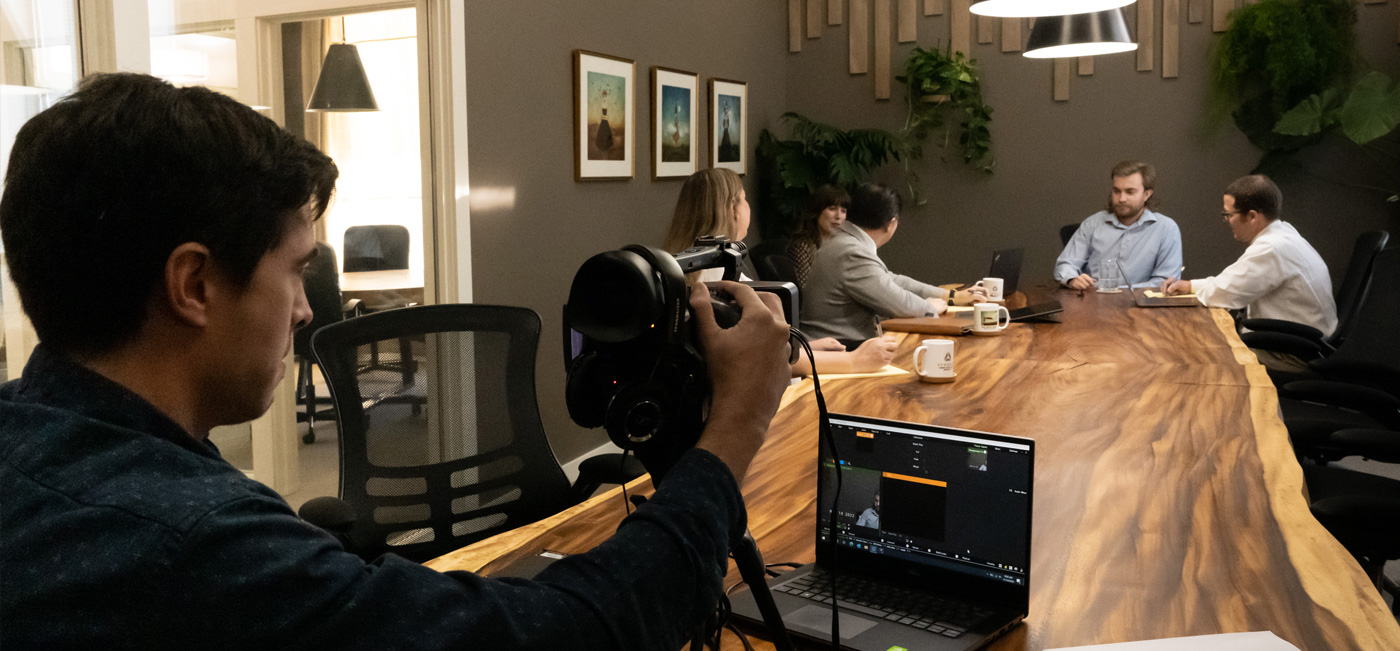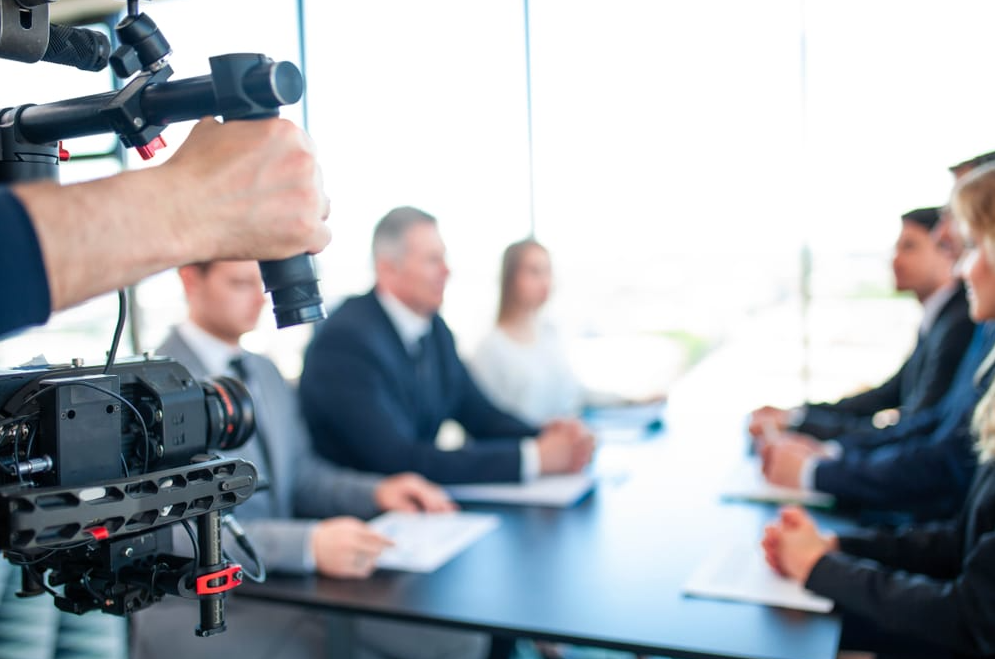Comprehending the Influence of Legal Videography on Situation Outcomes
Comprehending the Influence of Legal Videography on Situation Outcomes
Blog Article
Exploring the Devices of Legal Videography: Unveiling Its Procedure in Shielding Authentic Visual Statement for Judicial Process
In the realm of judicial process, the duty of lawful videography stands as a foundation in protecting and presenting visual evidence. As innovation continues to advancement, the systems behind lawful videography have come to be increasingly detailed, supplying a vital layer of credibility to statements captured on video clip.
Historic Evolution of Legal Videography
Taking a look at the historical progression of legal videography exposes a considerable improvement in the catching and discussion of visual proof within the lawful landscape. In the past, legal procedures greatly counted on composed records and pictures to record events and offer proof. With the development of video clip technology, the lawful industry witnessed a paradigm shift in how aesthetic testimony was captured and presented.
The evolution of lawful videography can be mapped back to the late 20th century when improvements in video recording equipment made it a lot more easily accessible for usage in courtrooms. This technological innovation not just boosted the accuracy and integrity of visual proof yet also transformed the means cases were offered to judges and courts (Legal Videography). Attorneys started to identify the persuasive power of video recordings in sharing feelings, subtleties, and non-verbal signs that written records or photographs alone might not catch properly

Modern Technology Advancements in Video Documentation
What crucial technological improvements have revolutionized video documents in the lawful field? The lawful area has seen considerable developments in video clip documentation innovation that have enhanced the authenticity and integrity of visual proof in judicial proceedings.
In addition, improvements in video clip security and watermarking innovations have actually strengthened the safety and tamper-proof nature of video proof, protecting it versus unauthorized modifications or tampering. Additionally, the arrival of cloud storage services and remote accessibility capacities has structured the storage, retrieval, and sharing of video clip evidence, facilitating seamless cooperation amongst attorneys and making sure reliable access to crucial aesthetic testimonies when needed. These technical innovations in video paperwork have definitely changed the legal area, boosting the precision, credibility, and admissibility of visual evidence in judicial process.
Role of Legal Videographers in Court Room Setups
The evolution of video documents modern technology in the legal area has demanded an essential function for lawful videographers in court room settings, making certain the integrity and dependability of aesthetic testimonies presented throughout judicial process. Lawful videographers play a basic function in recording and maintaining accurate visual evidence that can be crucial in lawsuit. Their duty includes establishing up tools, recording procedures, and creating high-grade video clips that accurately show the occasions in the courtroom.
In courtroom setups, legal videographers have to stick to strict standards and criteria to maintain the credibility of the visual document. They need to possess an here are the findings eager eye for information and a complete understanding of lawful procedures to make certain that the video they catch is a real depiction of the occasions that took place. Additionally, lawful videographers frequently work very closely with legal teams to ensure that the video clip evidence straightens with the instance's needs and can be effectively provided in court to support the lawful disagreements being made. Overall, the function of lawful videographers in courtroom setups is indispensable in maintaining the concepts of justice and ensuring the transparency of lawful process.

Ensuring Admissibility and Integrity of Video Proof
To keep the integrity of visual proof provided in lawful process, guaranteeing the admissibility and honesty of video clip evidence is a vital duty for lawful videographers. Admissibility refers to the acceptance of evidence by the court, and for video proof to be acceptable, it must meet particular criteria. Legal videographers play an essential role in making certain that the videos they catch follow the guidelines of proof, such as integrity, relevance, and authenticity.
Honesty of video clip evidence involves preserving the originality and precision of the video footage from the moment it is recorded until it exists in court. This includes securely saving the video files, documenting the chain of guardianship, and avoiding any kind of tampering or modifications. Lawful videographers need to comply with rigorous methods to ensure the integrity of the video evidence and stop any difficulties to its credibility.
Future Trends in Legal Videography
Provided the enhancing dependence on technology in lawful proceedings, lawful videographers are poised to accept cutting-edge improvements shaping the future of aesthetic testimony capture and discussion. Among the famous fads imminent is the combination of virtual fact (VR) and increased fact (AR) modern technologies right into lawful videography. These modern technologies have the potential to transform exactly how aesthetic proof exists in court rooms, allowing discretionary to immerse themselves in the scene of the criminal activity or event.
Moreover, dig this the use of artificial knowledge (AI) formulas for video analysis is expected to enhance the process of assessing and examining large quantities of video clip footage. AI can assist in recognizing essential minutes, abnormalities, and patterns within videos, enhancing the efficiency of legal investigations.

Final Thought
To conclude, lawful videography has played a vital role in providing authentic aesthetic view website proof for judicial procedures. Through technical innovations and the know-how of legal videographers, the stability and admissibility of video clip evidence are made sure in court settings. As lawful videography remains to evolve, it will be important to support requirements that preserve the precision and dependability of aesthetic testimony for the future of lawful proceedings.
Taking a look at the historical progression of legal videography discloses a significant makeover in the recording and presentation of aesthetic proof within the legal landscape.The development of video clip documents modern technology in the legal field has actually necessitated a crucial function for lawful videographers in court room setups, ensuring the integrity and reliability of aesthetic statements provided during judicial process. In addition, legal videographers usually work carefully with legal groups to make sure that the video evidence lines up with the case's needs and can be properly offered in court to support the legal debates being made.To maintain the reliability of aesthetic proof provided in lawful process, making certain the admissibility and honesty of video evidence is a vital obligation for lawful videographers. As lawful videography proceeds to develop, it will certainly be necessary to maintain requirements that maintain the accuracy and reliability of visual testimony for the future of legal proceedings.
Report this page